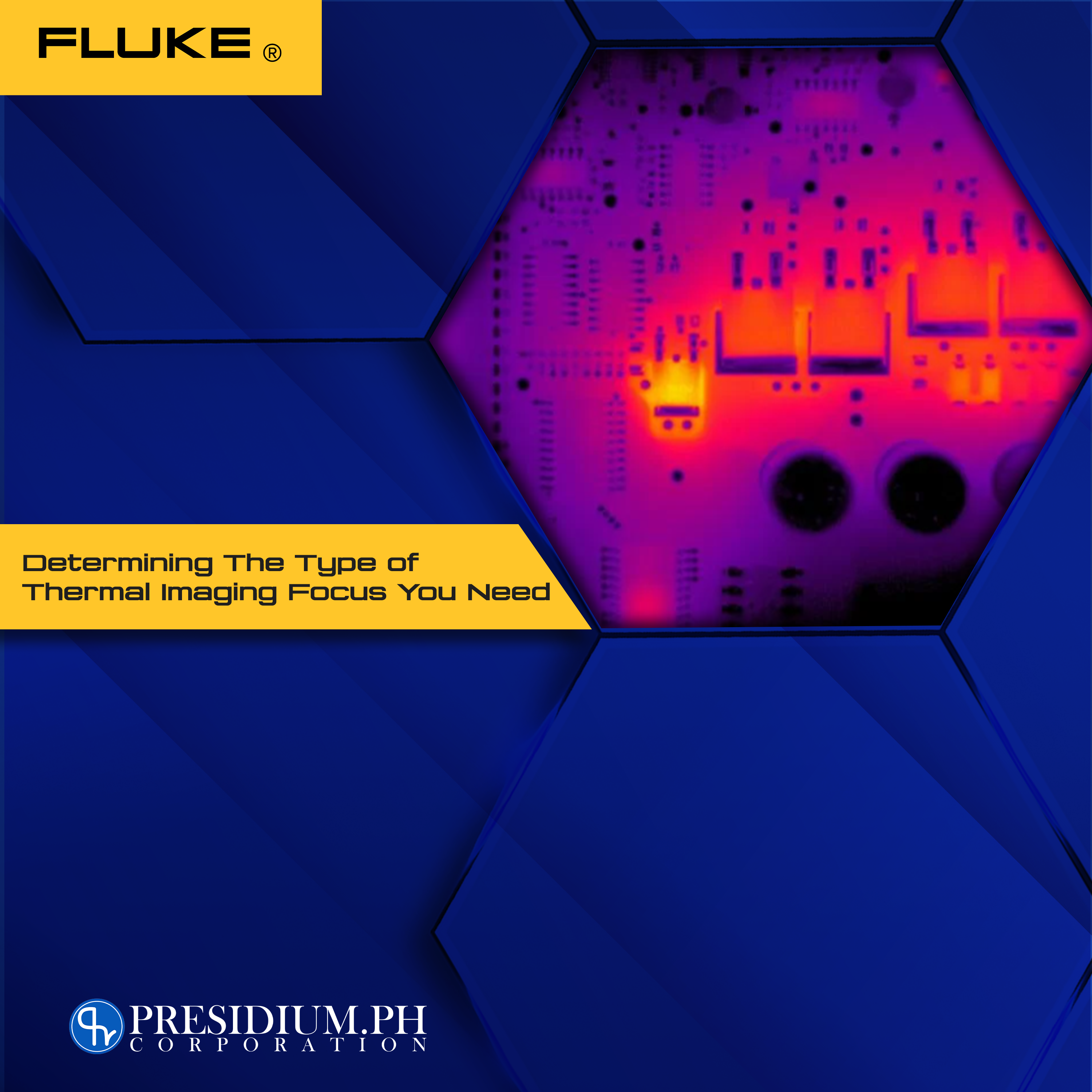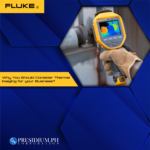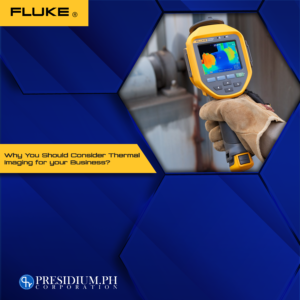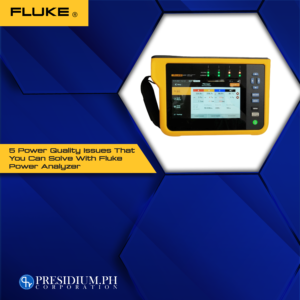Determining The Type of Thermal Imaging Focus You Need

Thermal imagers are one of the crucial troubleshooting tools you can bring during inspections and maintenance rounds. These tools can efficiently capture uncommon heat signals that may damage your equipment. However, take note, that there are different focuses to choose from depending on the type of project you’re doing. Each focus can benefit the project more since it will garner more accurate results. Here’s a quick guide on how you can determine the type of thermal imaging focus you need.
Importance of getting the right focus.
On the outside, our machines may look alright, but who knows what’s happening under the hood? A simple yet effective way of knowing is with the use of Fluke Thermal Imagers. With the use of this device, you’ll be able to know whether your equipment is taking up issues and faults. Now, the significant part of getting the focus right is the results that come out of it. If the image is not clear enough then it might pose as an untrusted source of report.
This is why it’s very important to know how to navigate the right focus that is perfect for your project. This way, you can get accurate and clear results also for future documentation in regard to the health of your machines. Get to know the most common focuses below!
Various kinds of thermal imaging focus.
- Fixed focus: Thermal imagers are point-and-shoot devices. Think of it as a camera. However, the difference is that thermal imagers tend to have lower resolution. To get better results, make sure that your target is 1.5 feet and further. This kind of focus is best used for troubleshooting applications like checking for air duct leakage, overheated bearings, and loose or corroded connections.
- Manual focus: If you’re planning on capturing something more precise, then you might need more than autofocus to get sharp images. With thermal imagers, auto-focus can only do so much. So, if you’re an experienced thermographer, you may prefer to go on manual mode to get precise results of the things you want to go on record. The downside of manual focus, however, takes too long to assemble than using auto-focus.
- Autofocus: Time-efficiency-wise, going on autofocus can save you more time than you allow. But take note, however helpful this type of focus is in your operations, it will still depend on your target. There are times when you’ll still need to make manual adjustments. This usually happens if there are multiple targets within your ideal one. And in such circumstances that it doesn’t capture the one you want, then opt to switch to manual mode.
- Laser-assisted autofocus: Have the ability to zero in on your targets with a laser distance meter. Capturing thermal readings can already be a bit complicated depending on how sharp you want your images to be. Luckily, there is a laser-assisted autofocus you can rely on to get the reading you want. The benefits of using a laser? You can zero in on the target you want to capture.
- Multifocal image capture: If you want multiple images captured then your focus of choice may be a multifocal image capture. They can capture multiple images and compress them all into one sharp image. You get the best of both worlds in capturing far and near targets in one image!
Get your Fluke tools through an authentic source!
Hey, you made it to the bottom! Are you currently looking for the best-performing test tools in the market to run daily maintenance checks on your machines? You’re in luck cause Presidium PH is an authorized distributor of Fluke test tools in the Philippines. Prevent these faults from penetrating your device by using the best test tools there are!
If you want to know more about Fluke tools and their functions, visit our website for more info! This is a one-stop shop for the best test tools within Metro Manila.



